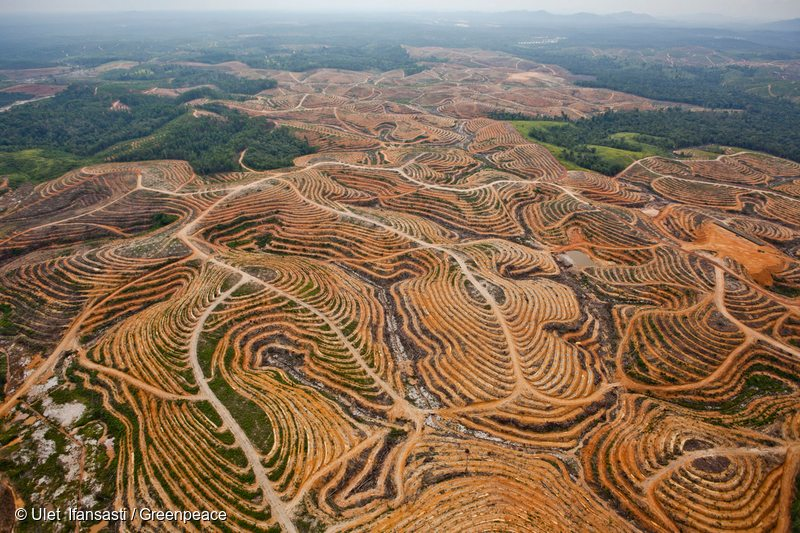
Habitat loss is the greatest threat to animals all over the world, impacting around 85% of all species that are already on the IUCN’s Red List (International Union for Conservation of Nature). Forests, swamps, lakes, and other habitats continue to disappear because of humans harvesting them for their own consumption and clearing away the habitats to make room for housing, roads, agriculture, and other industrial development. During the ’90s, almost 70% of deforested areas were converted into agricultural land. We will continue to lose habitats unless we develop a strong plan to create protected areas.
Deforestation
What exactly is causing deforestation? Well, the major contributors are agriculture, development, and illegal logging. Forests cover 31% of land area on the planet, and even then, 18.7 million acres of forests disappear each year. Many of the world’s most threatened and endangered animals currently live in these forests, yet regardless we continue to destroy them through fires, clear-cutting, ranching, logging, and development.
One of the largest agricultural productions undeniably is palm oil. Around 90% of the world’s palm oil trees grow on islands in Malaysia and Indonesia. These are some of the most biodiverse forests in the world. These forests are cleared out to make room for more plantations. As a result, this impacts the species that rely on those trees and forests like the Sumatran Tiger.
At the rate deforestation is happening, forests are removed 10 times faster than any possible level of regrowth. Rain forests are the most to be concerned about. They hold much of the world’s biodiversity, but it all can completely vanish in a hundred years or so by continuing at this rate.
There are 2 types of logging that are impacting deforestation, legal and illegal logging. National laws regulate legal logging to control production and trade. These laws can easily be violated in a number of ways. Since there is an increased demand for time, paper, and derivative products, illegal logging has become more common than legal and threatens some of the world’s most famous and valuable forests.

Habitat Fragmentation
Habitat fragmentation is also another big factor in habitat destruction. For example, roads and other developments fragment habitats by splitting up the forested areas. This confuses wildlife. They venture out into dangerous situations. Cars end up hitting them or animals come a little too close to a house containing children. For that reason, people hunt them for safety reasons. Species need large areas in order to find mates and a proper food source.
What Can We Do?
- Protect biodiverse areas.
- Plant more trees or work with an organization that can.
- Donate to organizations that are trying to make a difference.
- Start your own Certified Wildlife Habitat.
- Involve and educate others.
- Try to stop using palm oil or buying food that contains palm oil.
Sources:
https://www.worldwildlife.org/industries/palm-oil
https://www.nwf.org/Educational-Resources/Wildlife-Guide/Threats-to-Wildlife/Habitat-Loss
http://wwf.panda.org/our_work/wildlife/problems/habitat_loss_degradation/
https://treesforlife.org.uk/forest/human-impacts/habitat-fragmentation/
https://www.worldwildlife.org/threats/deforestation
http://wwf.panda.org/knowledge_hub/where_we_work/eastern_himalaya/solutions2/habitat_loss_solutions/

